The Hoysaleswara temple is a stunning example of Hoysala architecture from the 12th century. Located in Halebidu, Karnataka, India, it was dedicated to Lord Shiva. The temple is renowned for its intricate sculptures and detailed carvings. It stands as a testament to the skill and artistry of the Hoysala craftsmen. The temple’s construction began around 1121 AD and continued for several decades. Despite its incomplete status, it remains a significant heritage site and a masterpiece of Indian art.
Get your dose of History via Email
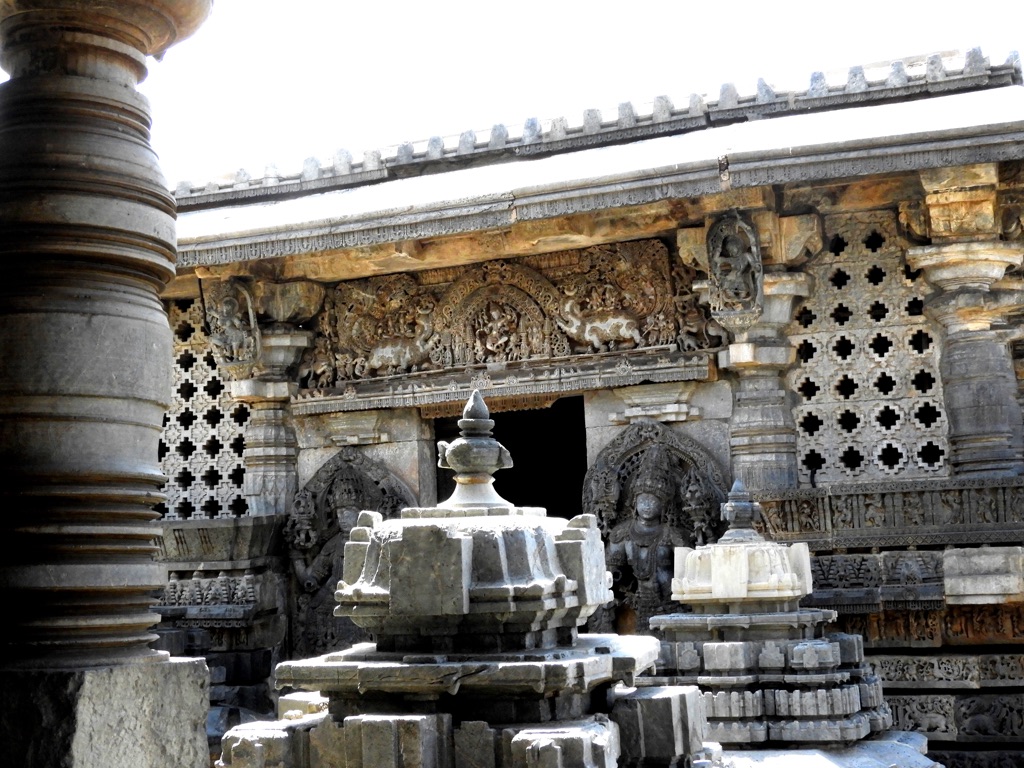
Historical Background of Hoysaleswara Temple
The Hoysaleswara temple was built during the rule of King Vishnuvardhana of the Hoysala Empire. Its construction started in the 12th century, around 1121 AD. Noted for its elaborate sculptures, the temple is a hallmark of the Hoysala’s cultural zenith. The temple’s discovery in modern times brought it to the attention of historians and archaeologists. It has since become an important site for the study of South Indian temple architecture.
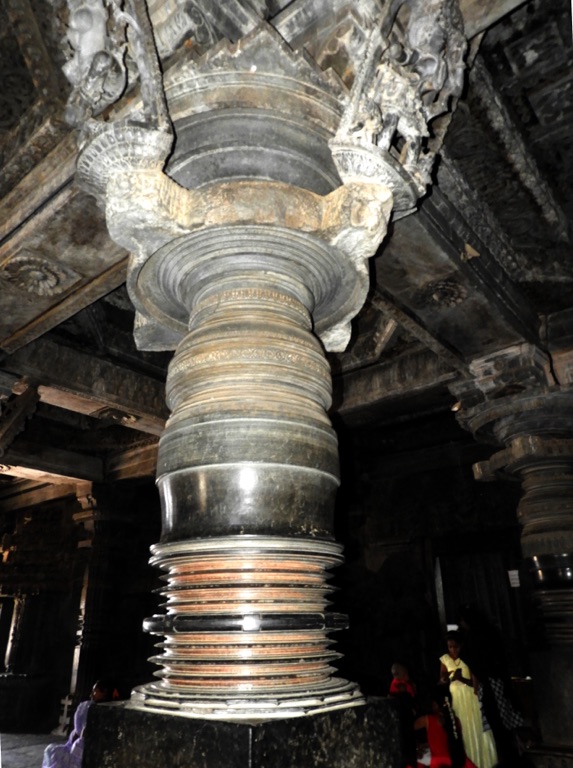
King Vishnuvardhana commissioned the temple to showcase the prosperity and artistic prowess of his reign. The temple’s design and construction involved a team of skilled artisans and architects. Over the years, the temple has seen various periods of restoration and conservation. It has survived the ravages of time and invasions, notably by the Delhi Sultanate in the 14th century.
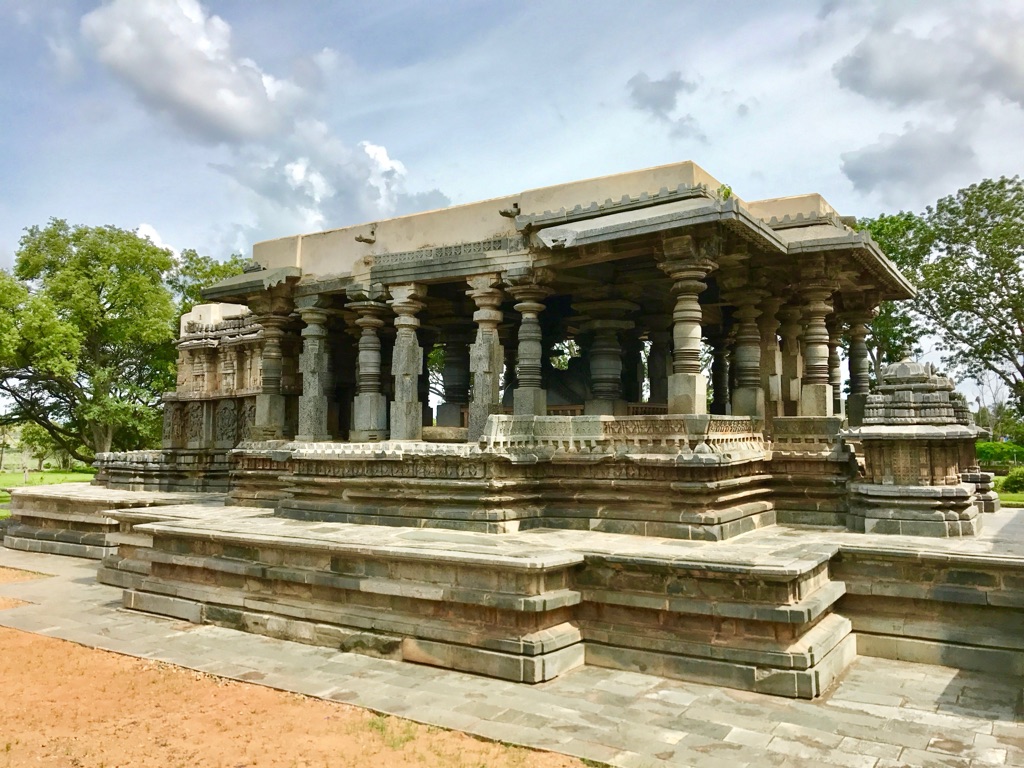
While the temple’s primary deity is Lord Shiva, it also houses shrines for other Hindu gods. The temple complex was a hub of religious and cultural activities. It attracted devotees, scholars, and artists alike. The Hoysaleswara temple’s history is not just limited to its construction. It also played a role in the socio-religious life of the Hoysala Empire.
Despite its significance, the temple was never completed. The reasons for this remain unclear. Some suggest a lack of funds, while others point to political turmoil. Nevertheless, the temple’s incomplete sections add to its historical intrigue.
The Hoysaleswara temple’s discovery and subsequent studies have shed light on the Hoysala Empire’s architectural advancements. The temple is now a protected heritage site under the Archaeological Survey of India. It continues to draw visitors and researchers, fascinated by its history and architecture.

About Hoysaleswara Temple
The Hoysaleswara temple is a double-shrine edifice dedicated to Lord Shiva. It features two sanctums, each with its own Shiva linga. The temple’s layout includes a Nandi mandapa and a large hall with intricately carved pillars. The temple’s walls are adorned with a profusion of sculptures depicting various Hindu deities, sages, stylized animals, and scenes from the epics.

The temple’s construction showcases the use of Soapstone, a material favored by the Hoysala architects. This soft stone allowed for the detailed carvings that the temple is famous for. The temple’s design follows a star-shaped plan, a signature of Hoysala architecture. This complex geometry added to the temple’s aesthetic and spiritual significance.
One of the architectural highlights of the Hoysaleswara temple is its elaborate friezes. These run horizontally along the temple’s outer walls. The friezes depict scenes from Hindu mythology, including the Ramayana and the Mahabharata. The level of detail in these carvings is extraordinary, with each figure and motif rendered with precision.
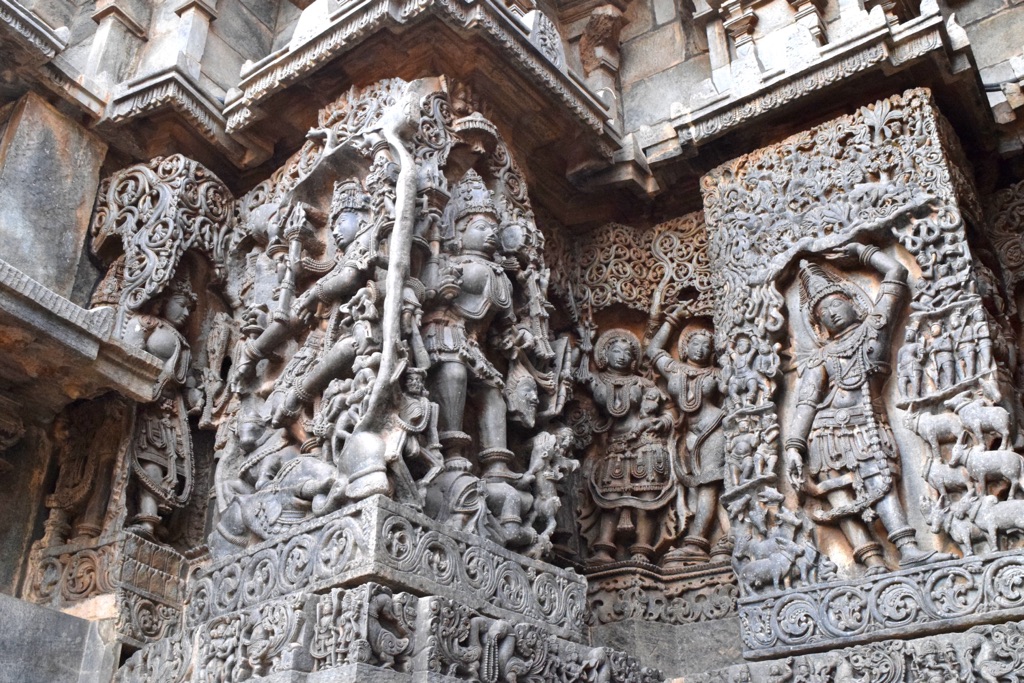
The temple’s interior is equally impressive. The hall features lathe-turned pillars, each unique in its design. The ceiling panels are decorated with intricate carvings of lotuses and other motifs. The doorways to the sanctums are flanked by dvarapalas (door guardians) and are topped with ornate lintels featuring mythological scenes.
Despite its incomplete state, the Hoysaleswara temple’s construction is an architectural marvel. The temple’s design and ornamentation reflect the socio-religious beliefs of the time. It also illustrates the advanced state of art and architecture under the Hoysala Empire.
Theories and Interpretations
The Hoysaleswara temple has been the subject of various theories and interpretations. Scholars have debated its symbolic significance and the meanings behind its sculptures. The temple’s extensive carvings are not merely decorative. They also serve as a visual encyclopedia of Hindu theology and iconography.
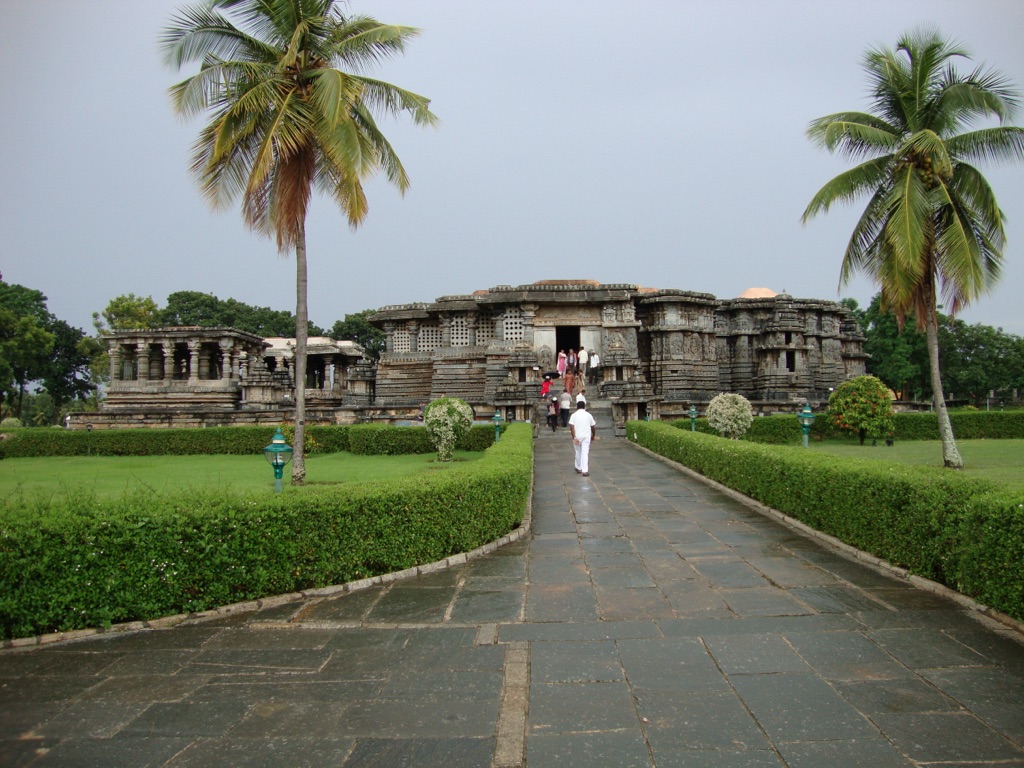
Some theories suggest that the temple’s layout and design align with cosmic principles. The star-shaped plan may symbolize the universe. The central hall could represent the earthly realm, while the sanctums symbolize the divine. This interpretation ties the temple’s architecture to the Hindu worldview.
Some historians speculate that the temple’s construction halted due to political instability. Others believe that it was a deliberate choice, symbolizing the never-ending nature of divine creation.
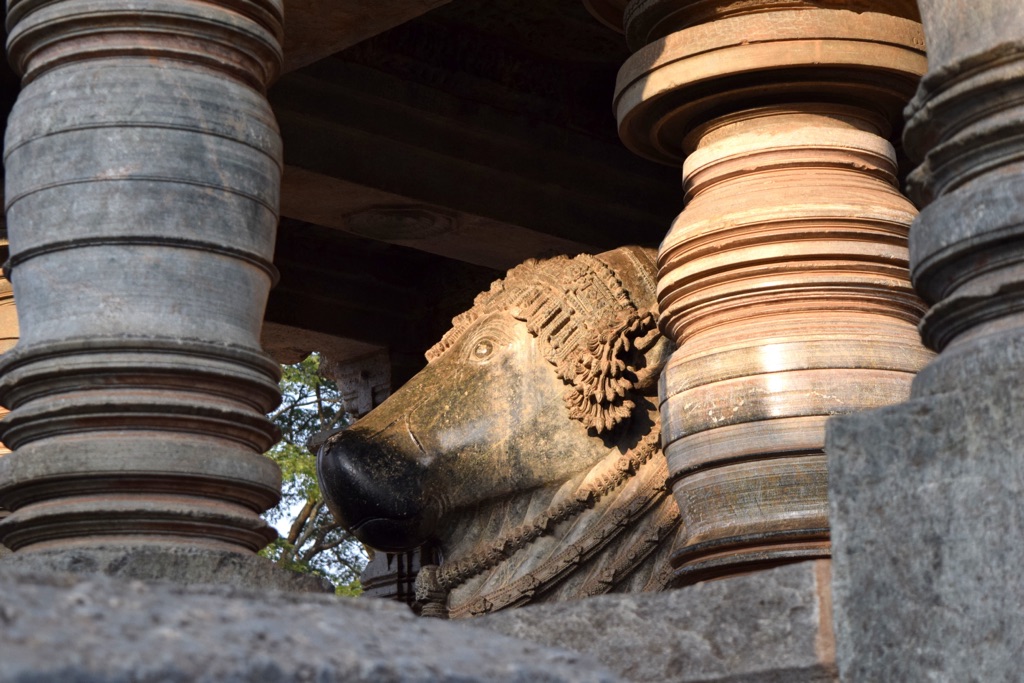
Historical records match the temple’s features with descriptions of Hoysala architecture. This has helped in dating the temple and understanding its place in the empire’s history. The dating of the temple has been carried out through inscriptions and stylistic analysis of the carvings.
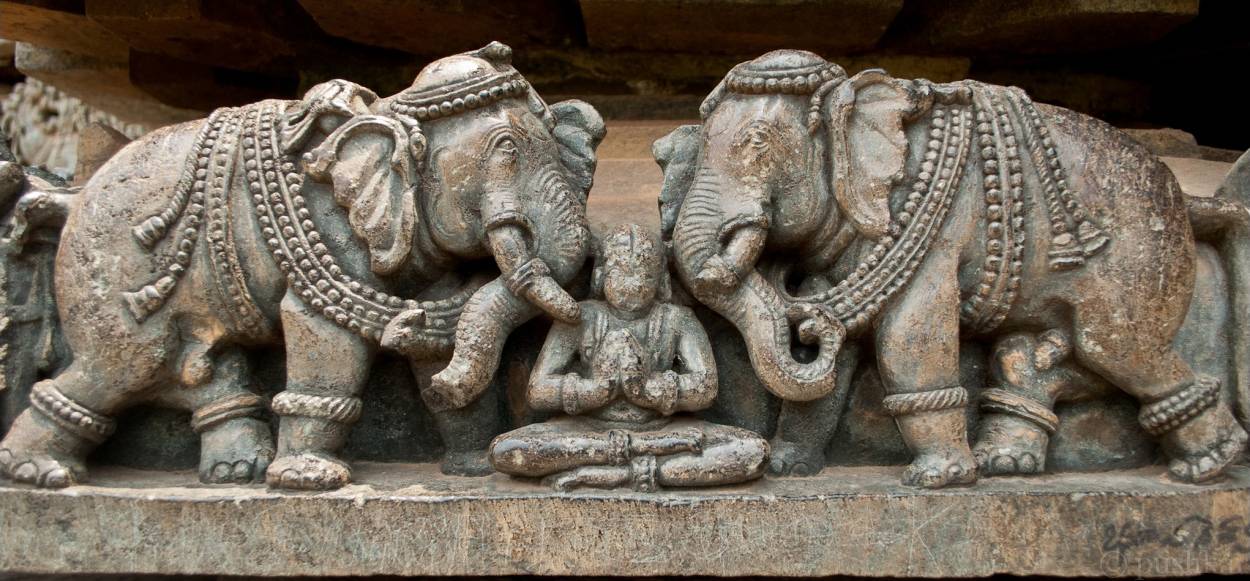
The Hoysaleswara temple continues to be a subject of study. Archaeologists and historians use various methods to interpret its history and art. The temple’s significance in Indian cultural heritage remains undisputed, as does its value as a source of historical knowledge.
At a glance
Country: India
Civilization: Hoysala Empire
Age: Approximately 900 years (12th century AD)
Conclusion and Sources
Reputable sources used in creating this article:

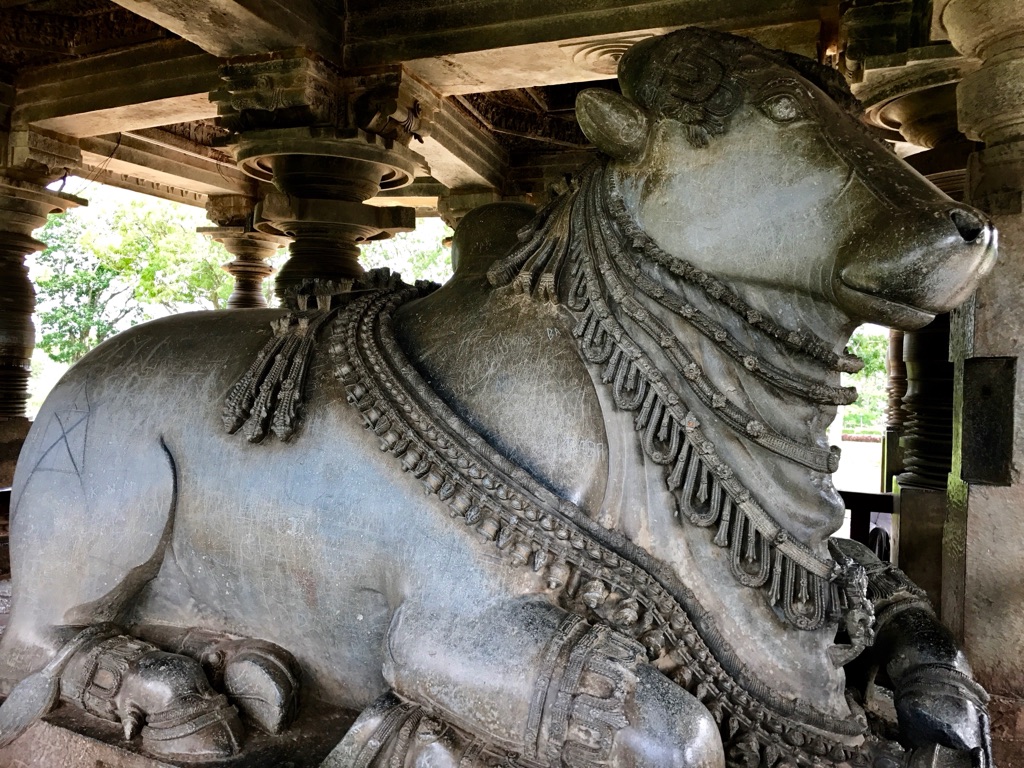
Very intelligent human beings back in the 17 century history like this need to get more exposure in the world. It’s a pity they suppressed all the knowledge of the all we would be so advanced Moore in this century.